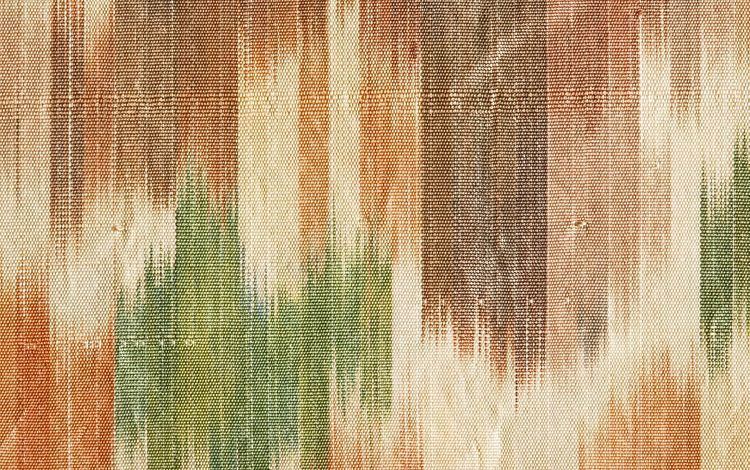 | ||
Warp printing is a fabric production method which combines textile printing and weaving to create a distinctively patterned fabric, usually in silk. The warp threads of the fabric are printed before weaving to create a softly blurred, vague pastel-coloured pattern. It was particularly fashionable in the eighteenth century for summer wear.
The silk and taffeta fabrics produced by this technique have a variety of names, including chiné, Pompadour taffeta (after Madame de Pompadour) and chiné à la branche. Chiné velvet was also possible, although the technique was very difficult and expensive and only made in a few places in France in the eighteenth century.
References
Warp printing Wikipedia(Text) CC BY-SA
